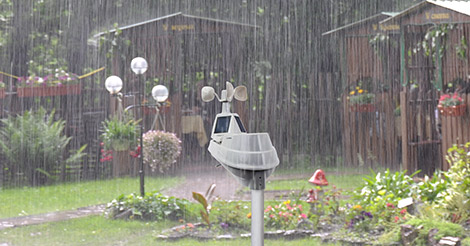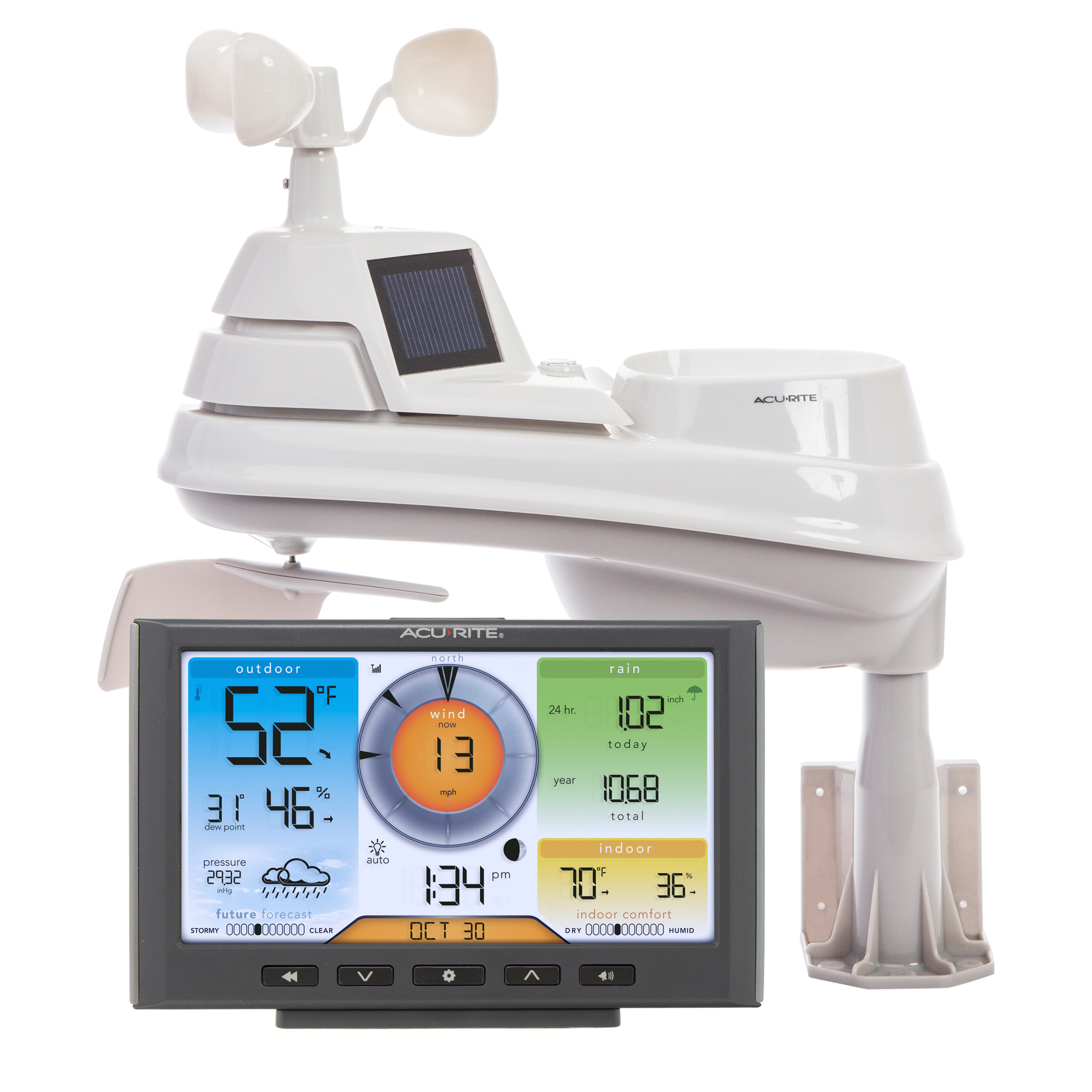History of Home Weather Stations
Are you thinking about setting up a home weather station? You may be surprised to know that weather observation has a very long history. From the beginning of crop farming, people have concerned themselves with the weather -- but try as they might, weather has always been difficult to predict without instruments designed to measure specific conditions.
Even today, your weather app or weather report on the TV news may give you reliable weather information about your region. But having your own weather station still gives you more precise data about your exact location.

The History of Weather Observation
Modern weather tools didn't begin development until the 1400's. Before this, weather observation was extremely rudimentary -- mostly based on the appearance of the sky and the feel of the air. Much of the development of these weather tools was not just necessitated by agriculture, but also due to an increase in sea travel. Because storms at sea can be deadly, and ships were propelled by the wind, the ability to predict weather conditions relevant to sailing was extremely important.
Weather observation as we know it truly began to be developed in the early to mid-1400’s. In 1441, a Korean crown prince named Munjong of Joseon developed the first standard rain gauge. This rain gauge was then popularized across the country by his father, Sejong the Great. Following developments in weather monitoring included the first water thermometer in 1593, the first practical humidity measurement system in 1664, and the first barometer in 1643. Over time, these weather tools were further improved and refined.
The National Oceanic and Atmospheric Administration (NOAA) was established in the 1800's, and it still provides most of the weather information for the United States. But many people enjoy setting up their own home weather stations for weather information that is more specific to their location. Home weather stations have always been particularly useful for farmers, who need to be able to anticipate the weather and the needs of their crops. But home weather stations have also become popular with hobbyists, as these tools are accessible, easy to use, and fun.
Analog vs. Digital Weather Stations
In the early 1800's and 1900's, home weather stations typically consisted of a few specialized analog tools. Humidity gauges measure the moisture content in the air, while rain gauges and barometers help determine previous and future rainfall. This information could then be tracked in order to identify trends.
Today, there are digital weather stations and many Wi-Fi weather stations with wireless internet connectivity that can better consolidate and report information so it is easy to view and understand. Some weather stations can even connect to smartphone apps or online services so people can access their weather information from anywhere. Modern weather observers may use this information to manage their gardens, monitor their farms, or simply as a hobby. Digital weather stations and wifi weather stations tend to be more accurate and easier to use.
Home Weather Stations vs. Online and News Reports
But what’s the advantage of having a home weather station when everyone already has access to online and news reports? Online weather reports are often based on weather stations located at airports, which may be many miles from your home. Personal weather stations can give you more detailed, localized information – information that’s central to your home and your neighborhood. Rainfall data for your city may not the same as the amount of rainfall in your backyard.
And just as news reporting has moved to the Internet, so has a lot of weather reporting. Being able to share your own localized data and the view weather data from other nearby homeowners can further improve upon the general reporting in your area. Often, information can be sourced from multiple areas and analyzed in order to give a more detailed picture of the current weather conditions. This can be especially important in areas that are likely to have emergency conditions, such as extreme storms, hurricanes, or tornadoes.
Setting up a home weather station isn’t just a fun hobby – it’s a hobby that has a lot of history and scientific background behind it. Not only can you learn about your environment and the weather conditions surrounding your home, but you can also collect valuable data for your garden and lawn. You can begin weather observing with the purchase of something as simple as a rain gauge or a more comprehensive weather station.







